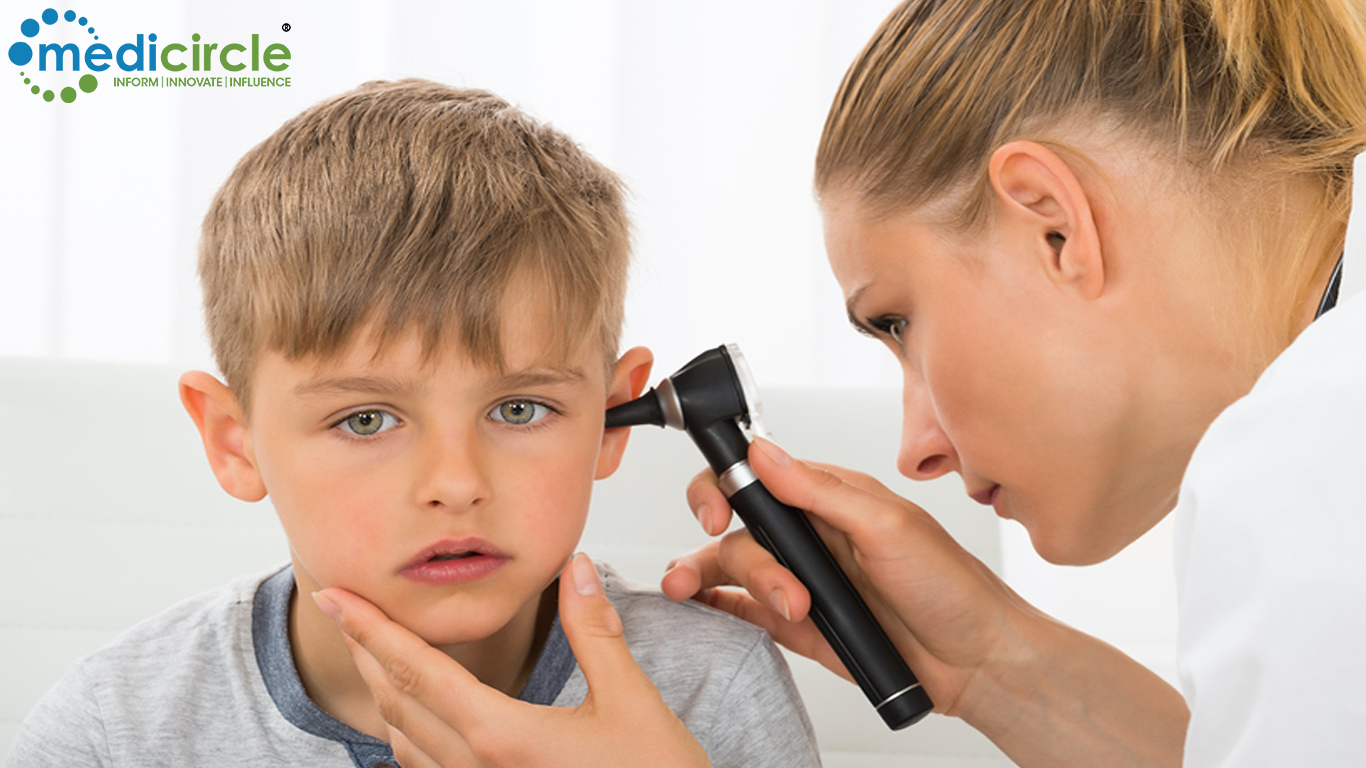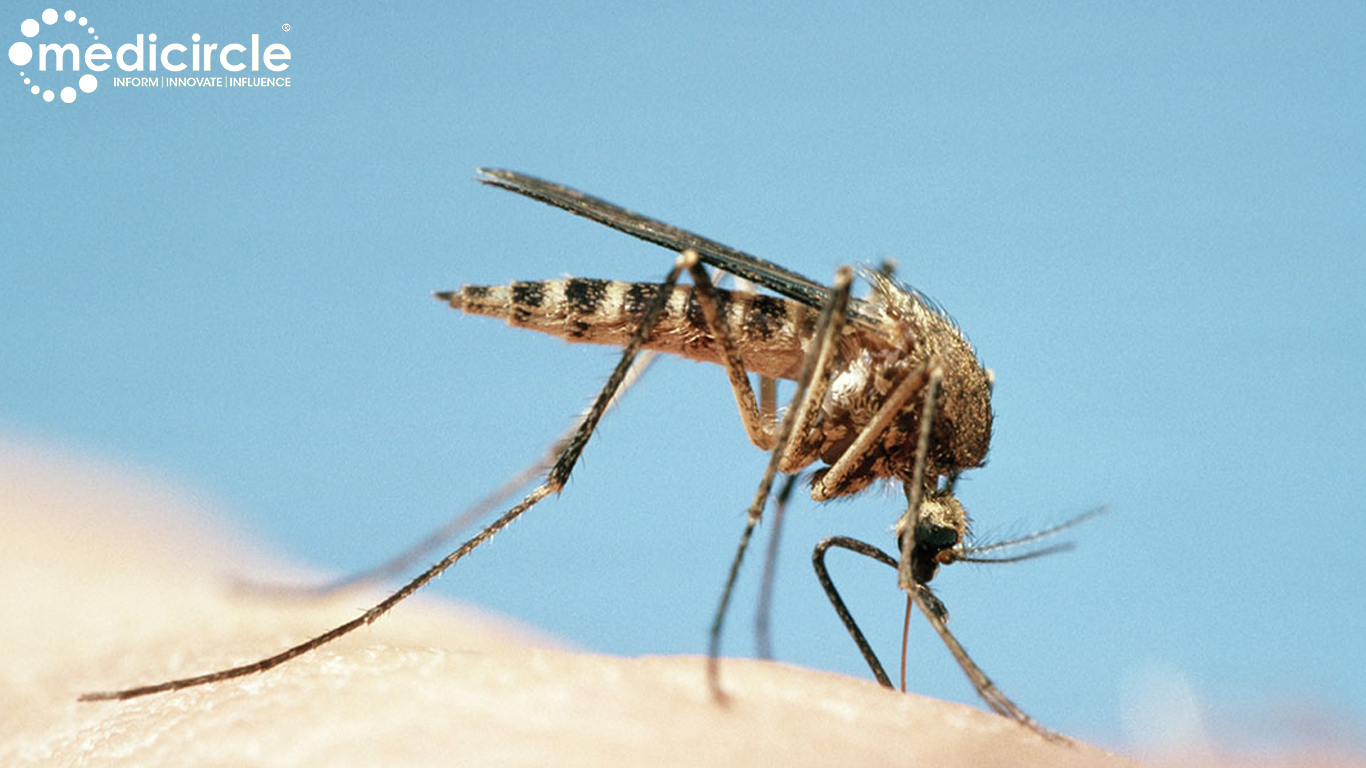Definition For dry Eye disease was proposed by various health societies and different countries.
The first definition of DED was proposed in Japan in 1995. It was considered a disease of tears which subsequently damaged the ocular epithelium
In 2006 a new definition was proposed where importance was given to diagnostic criteria and subjective symptoms visual disturbance, changes in tears, changes in the epithelium were proposed to be a major component of disease
A revised definition was proposed in 2016 where eyes with abnormal low tear film and subjective symptoms were given major importance.
What is Dry Eye Disease (DED)?
Dry eye disorder is a disorder of tear film due to tear deficiency or excessive evaporation which causes damage to the ocular surface and discomfort of the ocular film.
DED is divided into two major categories mainly
Tear Film Deficiency Evaporative
The second major improvement was done in the year 2000 and the final definition was published in the year 2007 by DEWS( Dry Eye Workshop ) and TFOS (Tear film ocular surface Society)as “ Dry eye is a multifactorial disease of tears and ocular surface that results in discomfort, visual disturbance, tear film instability and potential damage to the ocular surface. It is accompanied by increase osmolarity of the tear film and inflammation of the ocular surface”
The definition causes much controversy among the researchers. The reason being: The fact that the word disorder was considered as dry eye disease and then was changed to disorder.
In a recent revision in 2017 by DEWS the following definition for DED is provided :
“A multifactorial disease of the ocular surface characterized by the loss of homeostasis of tear film accompanied by ocular symptoms in which tear film instability and hyperosmolarity, in which ocular surface inflammation and damage and neurosensory abnormalities play an etiological role”
This definition focuses on the homeostasis of the tear film and pathogenesis like the:
Tear film instability Hyperosmolarity Ocular surface inflammation and damage and Neurosensory abnormalitiesDED was classified as
1.Aqueous deficient
Sjogren
Primary SecondaryNon-Sjogren’s syndrome
Lacrimal deficiency Lacrimal gland duct obstruction Systemic Drugs2.Evaporative Dry eye
Intrinsic
Meilboimman oil deficiency Disorders of Lid aperture Low blink rate Drug actionExtrinsic
Vitamin A deficiency Systemic drugs Contact lens wear Ocular surface disease like allergyParameters to diagnose the DED
Symptoms
Redness of eyes Itching of eyes Swollen eyes Discharge from eyes Dry mouth and swollen glands
Screening questions
How severe is your dry eye? Do you have a dry mouth and swollen glands? How long do your symptoms last and was there any triggering event? Is your vision affected or clear on blinking Do your eyes are itching swollen crusty or have any discharge Are the symptoms of redness much worse in one eye of both the eyes Do you wear a contact lens Have you been diagnosed with any general health condition or are you taking long-term medications?
Causative factors
Smoking Certain medications which are long term medications Contact lens wearFUTURE DIRECTIONS
In this concept, it is important to distinguish which tear film components are affected like Lipid, Aqueous tear, Mucin based on the diagnosis, and accordingly the treatment should be provided to the abnormal components. The tear film breaks up will provide proper identification of abnormal components and accordingly treatment TOFT can be followed.
The main goal of the study of DED is to alleviate the patient’s discomfort so future research must be directed towards diagnostic features and correlating the symptoms

 Know the science behind Dry Eye Syndrome and its scientific definitions along with screening questions which can give a perfect overview for better treatment and cure.
Know the science behind Dry Eye Syndrome and its scientific definitions along with screening questions which can give a perfect overview for better treatment and cure. 



















.jpeg)












